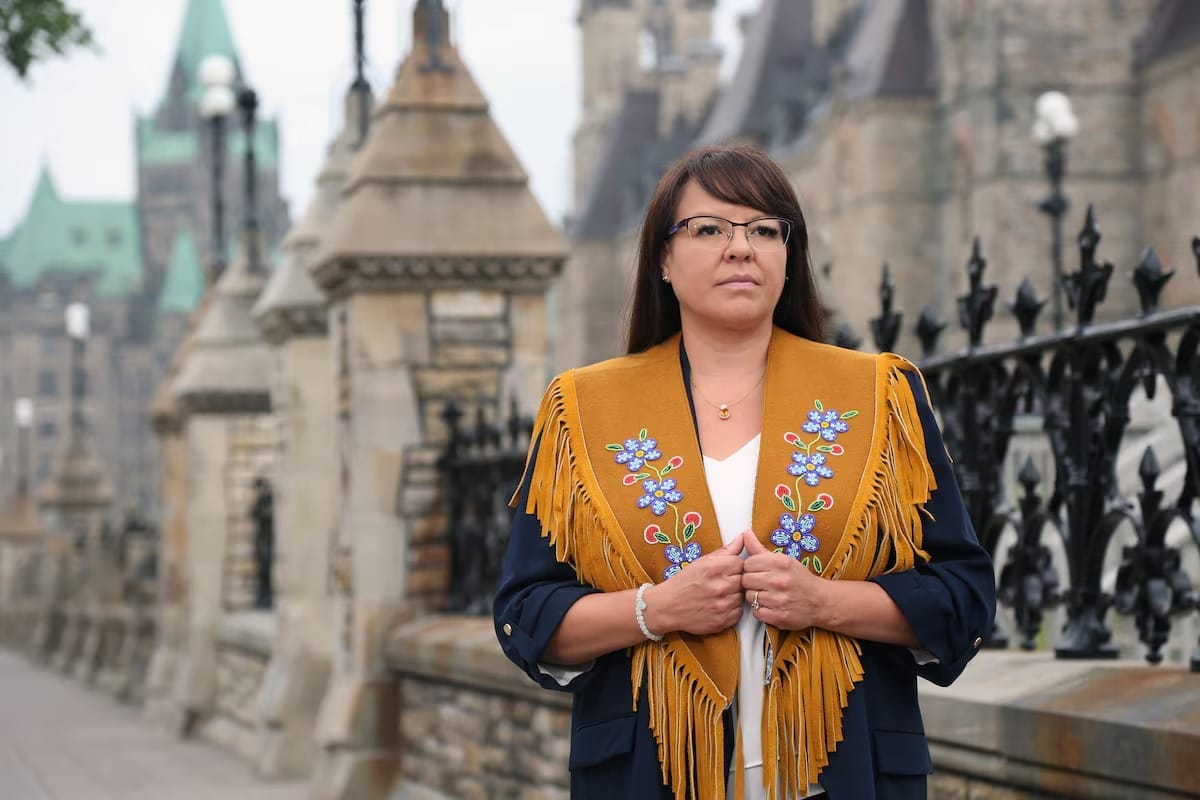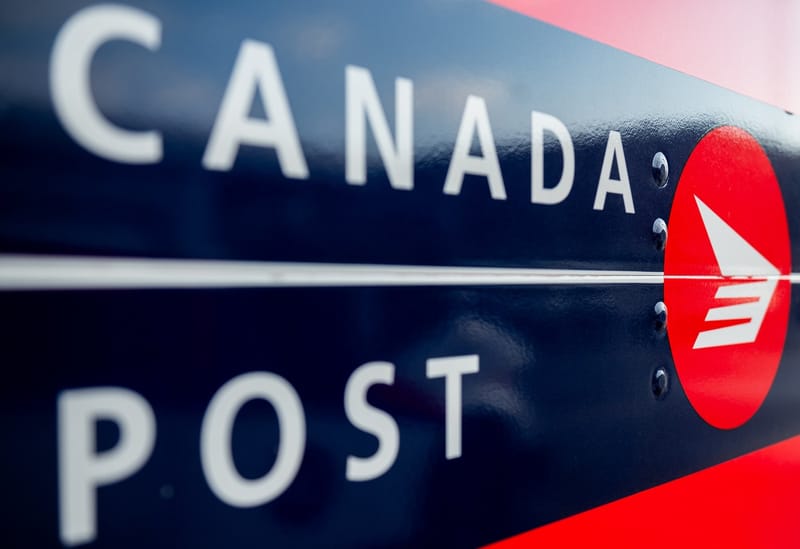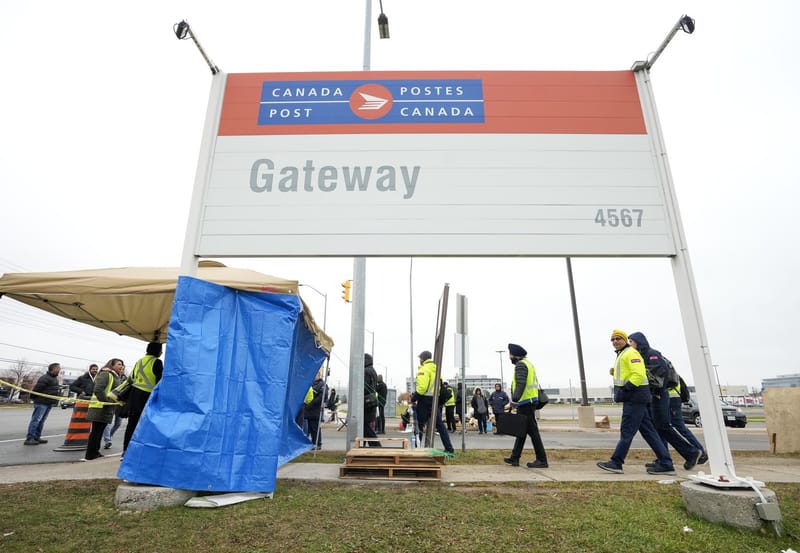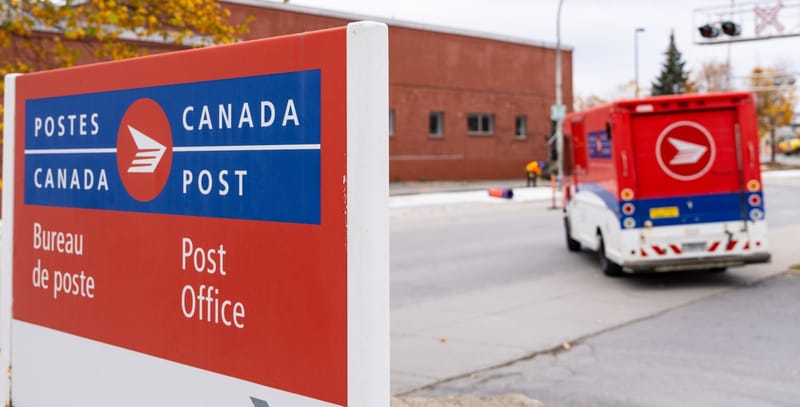Indigenous equity ownership saw momentum in 2024, but more work still to be done
The procurement was BC Hydro’s first competitive request in more than 15 years, and the utility ended up receiving proposals for three times more energy than it was targeting. It plans to announce the successful proponents by the end of the year.

Earlier this year, BC Hydro launched a procurement process to source new clean energy for the province's power grid, including a key requirement: projects must have at least 25 per cent First Nations ownership.
This was BC Hydro’s first competitive energy request in over 15 years, and it received proposals for three times the amount of energy it was targeting. Successful projects will be announced by the end of the year.
BC Hydro’s program, along with its decision to require First Nations equity participation, is part of a broader movement towards greater economic involvement for Indigenous communities in Canada.
Other significant milestones in 2024 include the positive final investment decision on Cedar LNG, a US$4-billion liquefied natural gas terminal being built off the coast of British Columbia. Cedar LNG will be majority-owned by the Haisla Nation, making it the largest Indigenous-owned infrastructure project in Canada.
Additionally, a $1-billion deal was announced for TC Energy Corp. to sell a minority stake in its Western Canadian natural gas network to a consortium of Indigenous communities. Although the deal hit a temporary setback due to structuring issues, it could become Canada’s largest Indigenous equity agreement if completed.
“It’s been a good year, and it’s given Indigenous people hope for the future, especially heading into 2025,” said Sharleen Gale, chair of the First Nations Major Projects Coalition and a former Chief of the Fort Nelson First Nation.
Historically, Canada’s largest infrastructure projects, such as mines, pipelines, and power facilities, have been built on Indigenous lands. While Indigenous communities have often benefited through jobs or procurement opportunities, full equity ownership has been rare. That is now changing.
Indigenous communities across Canada are increasingly seeking equity stakes in major projects as a way to generate revenue and create economic opportunities for their people. This shift aligns with Canada’s commitment to reconciliation, which includes recognizing Indigenous rights to economic self-determination.
For corporations, Indigenous partnerships are also becoming essential for gaining approval and support for major projects.
“Equity ownership is widely recognized as the next evolution in relationships between Indigenous communities and operators on their traditional territories,” said Justin Bourque, president of Athabasca Indigenous Investments, a partnership of 23 northern Alberta Indigenous communities that acquired an 11.57 per cent stake in seven pipelines operated by Enbridge Inc.
While access to jobs, training, and procurement opportunities remains important, Indigenous communities are increasingly focused on becoming co-owners of projects. Law firm Fasken, which tracks Indigenous equity investments in energy and infrastructure projects, has noted a significant rise in such deals. In the past two years, 28 per cent of all Indigenous equity investments in the sector have occurred.
One of the major challenges to Indigenous equity ownership has been access to capital. The Indian Act prevents First Nations from using land as collateral, making it difficult to secure competitive financing. Government-backed loan guarantees, such as Alberta’s program through the Alberta Indigenous Opportunities Corp., have helped facilitate more deals.
"Access to capital has been the biggest challenge," said Amy Carruthers of Fasken’s global energy group. She added that the new federal loan guarantee program, announced earlier this year, will likely lead to more projects, though additional financing options will be necessary for First Nations to take on larger ownership roles.
James Jenkins, executive director of Indigenous Clean Energy, said Indigenous equity participation in clean energy projects like wind and solar has grown by about 30 per cent annually since 2020. There are now around 600 medium- to large-scale renewable energy projects in Canada involving Indigenous equity ownership, with potential for significant growth as the clean energy transition accelerates.
Jenkins emphasized the importance of maintaining this momentum, noting, “We need to increase the capacity and leadership development of Indigenous communities and businesses to ensure they are ready for the wave of projects on the horizon.”





